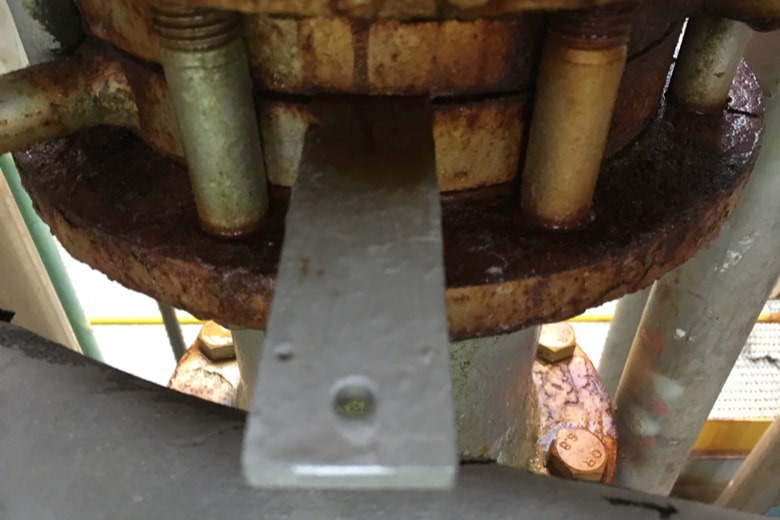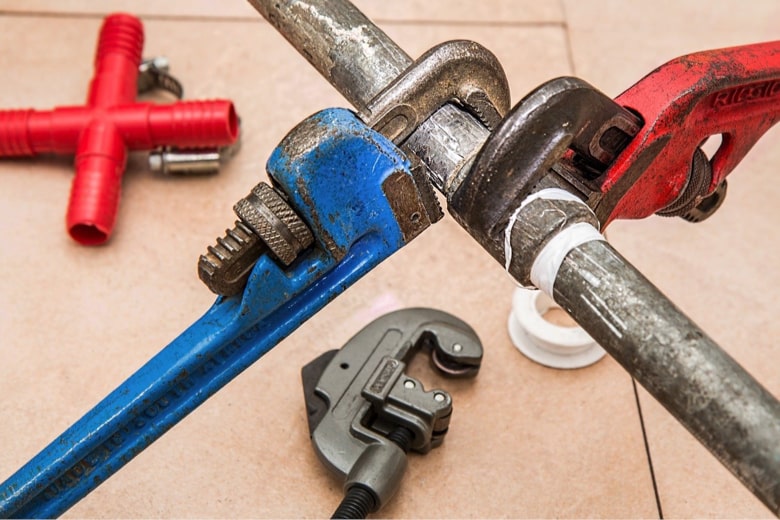Q1 - What is the purpose of sizing a flow meter?
Sizing a flow meter is a crucial step in selecting the right instrument to measure the flow rate of a fluid within a process system accurately. The primary purpose of sizing is to ensure that the flow meter can handle the expected flow rates and conditions while providing precise and reliable measurements. Proper sizing helps in optimizing process efficiency, ensuring safety, and maintaining the quality of the final product.
Q2 - How do I determine the appropriate flow meter size for my application?
To determine the appropriate flow meter size for your application, you must consider various factors, such as the fluid type, flow rate range, pressure, temperature, and the accuracy required. Additionally, you should account for any special conditions like viscosity, density, and potential flow disturbances. It's essential to consult industry standards and guidelines, manufacturer recommendations, and possibly consult with flow meter experts or suppliers to ensure the correct sizing. Software tools and equations are often used to calculate the appropriate size based on these parameters.
Q3 - What are some common types of flow meters used in industrial applications?
There is a wide range of flow meter types used in industrial applications, including positive displacement meters, turbine meters, electromagnetic flow meters, ultrasonic flow meters, and many more. The choice of flow meter type depends on the specific characteristics of the fluid, the process conditions, and the desired accuracy. Positive displacement meters are suitable for highly viscous fluids, while electromagnetic flow meters are excellent for conductive liquids. It's essential to select the type that best matches the requirements of your application.
Q4 - How does the fluid's characteristics, such as viscosity and density, affect flow meter sizing?
The fluid's characteristics, including viscosity and density, have a significant impact on flow meter sizing. Viscous fluids can affect the performance of some flow meters, leading to potential inaccuracies, especially in turbulent flow conditions. High-density fluids may require larger pipe sizes or specialized flow meters to ensure accurate measurements. It is crucial to consider these parameters when sizing a flow meter because they can influence the selection of the appropriate type and size to ensure accurate and reliable measurements in the given application. Accurate knowledge of the fluid's properties is essential in this regard, as deviations from typical values can lead to errors in sizing and performance.








